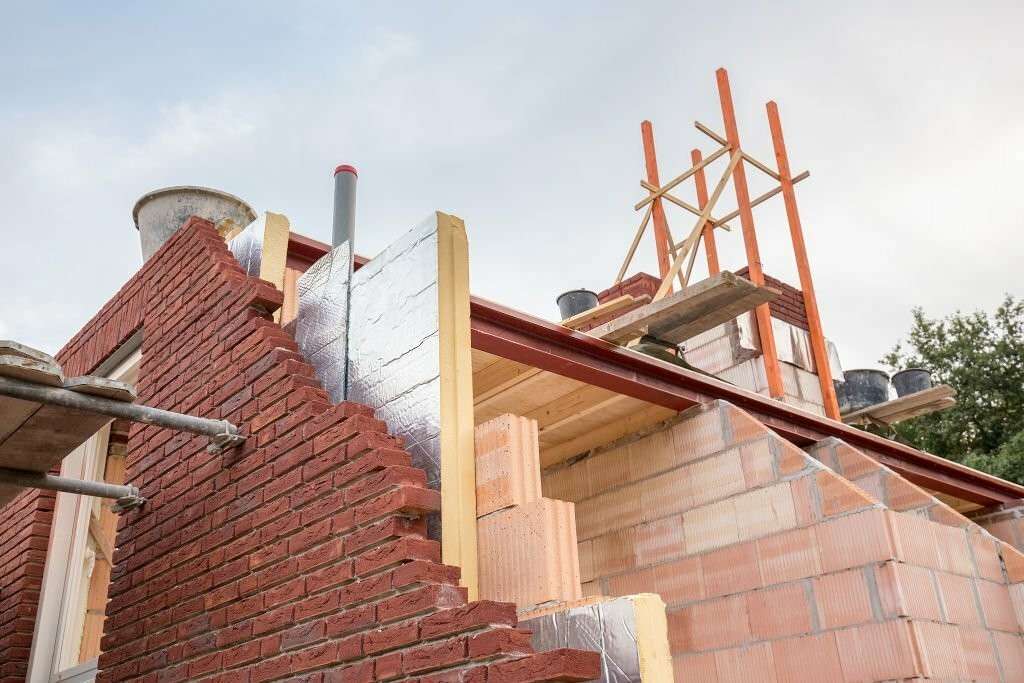
The climate crisis is worsening with each passing day and living costs are rising consistently. An energy-efficient home can help mitigate both of these problems. Fortunately, energy-efficiency tech and materials have progressed beyond smart homes and LED lights.
If you plan to hire a custom home builder in Vancouver anytime soon, consult them about the energy-efficient materials and tech they may use in your new home. Go beyond regular foam insulation and solar panels to save the planet and save more on your energy bill.
Vancouver’s home builders use these energy-efficient materials and tech in your custom home:
- Vacuum Insulation Panels or Structural Insulated Panels
Insulation does most of the heavy lifting while making your home energy efficient. That’s why it’s very important to choose the right materials from the get-go. While vacuum insulation panels are usually reserved for transport containers and commercial refrigeration, they can be incredible for residential properties. If you are building a luxury custom home in Vancouver, consider using these panels for several times more efficient insulation compared to other options. With an incredibly low thermal conductivity, these panels can spike up the R-value of your home drastically.
While vacuum insulation panels are highly efficient, they are less accessible and very expensive. Your next best option is structural insulated panels that are squeezed between brick and concrete or other such building materials. They are also easier to install and have a high R-value.
- Paint that changes colour
At the Pritzker School of Molecular Engineering at the University of Chicago, researchers have designed a very thin electrochemical film that’s inspired by chameleons. Similar to chameleons, this film can change colour according to the external conditions. When it is cold outside, this film can turn into a solid state that absorbs heat and turns into a liquid state to deflect heat under hot conditions. This incredible material is controlled with a very tiny amount of electricity and has the potential to revolutionize the homes of the future.
- Self-healing concrete
Traditional concrete is very strong and can withstand severe impacts. However, it also comes with a deep carbon footprint and is responsible for almost a 10th of the world’s carbon dioxide emissions. Moreover, concrete is brittle and tends to break down after several decades. Ancient civilizations like the Roman Empire figured out how to make structures last thousands of years with their ancient concrete and it’s time to draw inspiration from them.
Instead of regular concrete, ask new home builders in Vancouver to build your home with self-healing concrete. Most modern concrete comes with some self-healing properties. Minor cracks or fissures get repaired within a few days. However, major damage requires you to fix the damaged structure from scratch. With true self-healing concrete, specialised cement is used. This material has strong and flexible polymers that can heal damages like cracks within 24 hours. Moreover, self-healing concrete also radiates heat and that translates to you not breaking your back over the winter while clearing driveway snow. Integrate this technology in your new home and reduce maintenance costs drastically.
- Composite solar shingles
Unlike regular shingles, composite solar shingles justify their name by harnessing the power of the sun. While they function like regular solar panels, they look just like normal shingles. Instead of asphalt, they are crafted from polymers or even metal that aren’t just good at generating power but also more durable than traditional alternatives. This material helps you create a solar roof that can take on the elements.
- Aerogel insulation
While vacuum insulation panels are great, a broader budget can get you aerogel insulation. It’s a silica material that’s mostly composed of air. It is the lightest solid material on the planet and is often used in tennis rackets and space suits. Now, they are also available as an insulation material for residential homes and home builders in BC are enthusiastically using them to build luxury homes. Apart from using them behind panels, framing and studs, you can also use aerogel sheets under roof shingles to cut down on your energy bill.
In addition to employing energy-efficient materials and technology in your new home, you can reduce your carbon footprint by using recycled materials like steel and composite lumber. This helps minimize emissions associated with newly extracted resources, contributing to a more sustainable construction approach.